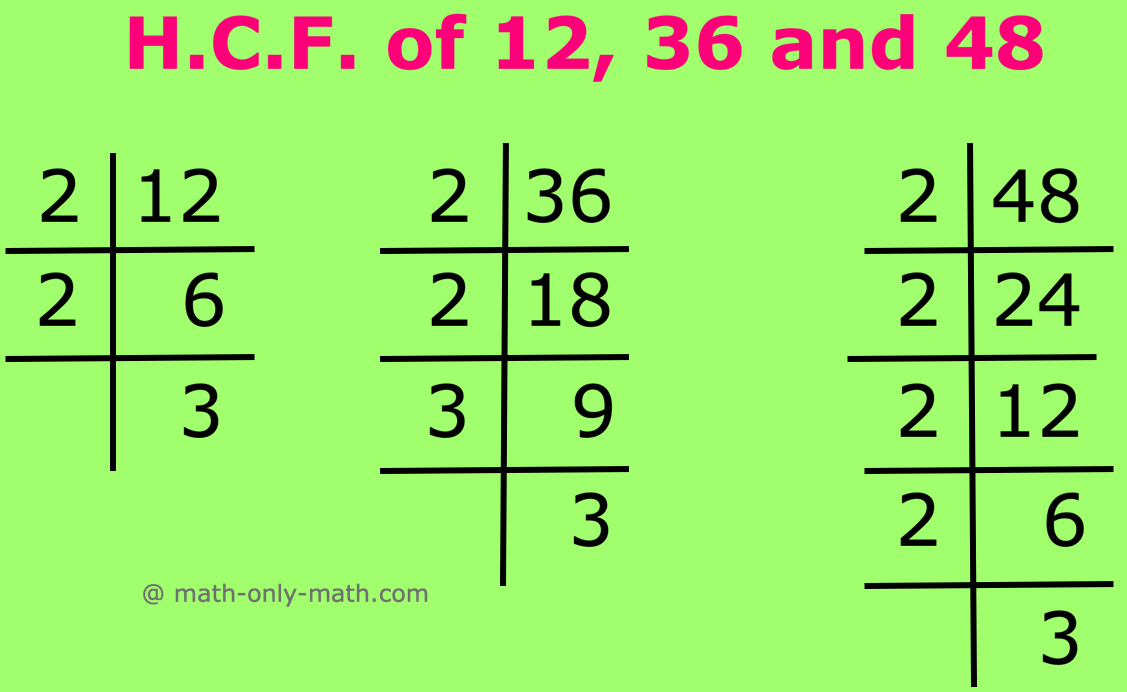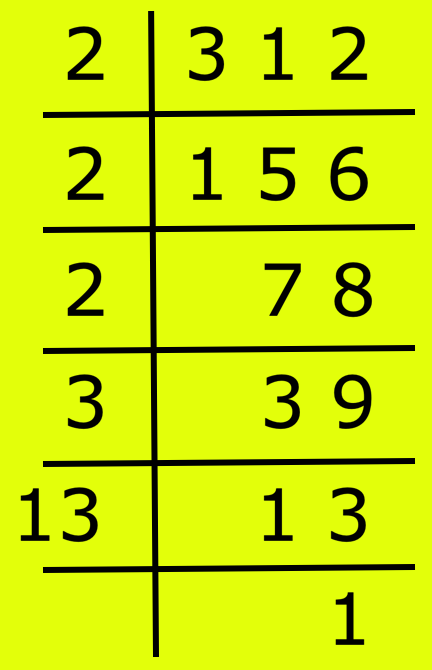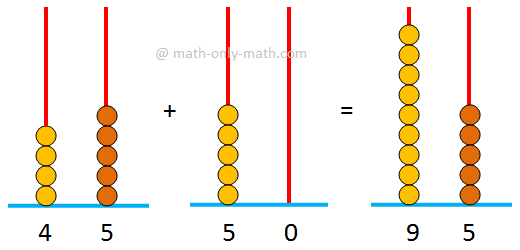Properties of Multiplication of Integers
The properties of multiplication of integers are discussed with examples. All properties of multiplication of whole numbers also hold for integers.
The multiplication of integers possesses the following properties:
Property 1 (Closure property):
The product of two integers is always an integer.
That is, for any two integers m and n, m x n is an integer.
For example:
(i) 4 × 3 = 12, which is an integer.
(ii) 8 × (-5) = -40, which is an integer.
(iii) (-7) × (-5) = 35, which is an integer.
Property 2 (Commutativity property):
For any two integer’s m and n, we have
m × n = n × m
That is, multiplication of integers is commutative.
For example:
(i) 7 × (-3) = -(7 × 3) = -21 and (-3) × 7 = -(3 × 7) = -21
Therefore, 7 × (-3) = (-3) × 7
(ii) (-5) × (-8) = 5 × 8 = 40 and (-8) × (-5) = 8 × 5 = 40
Therefore, (-5) × (-8) = (-8) × (-5).
Property 3 (Associativity property):
The multiplication of integers is associative, i.e., for any three integers a, b, c, we have
a × ( b × c) = (a × b) × c
For example:
(i) (-3) × {4 × (-5)} = (-3) × (-20) = 3 × 20 = 60
and, {(-3) × 4} × (-5) = (-12) × (-5) = 12 × 5 = 60
Therefore, (- 3) × {4 × (-5)} = {(-3) × 4} × (-5)
(ii) (-2) × {(-3) × (-5)} = (-2) × 15 = -(2 × 15)= -30
and, {(-2) × (-3)} × (-5) = 6 × (-5) = -(6 × 5) = -30
Therefore, (- 2) × {(-3) × (-5)} = {-2) × (-3)} × (-5)
Property 4 (Distributivity of multiplication over addition property):
The multiplication of integers is distributive over their addition. That is, for any three integers a, b, c, we have
(i) a × (b + c) =a × b + a × c
(ii) (b + c) × a = b × a + c × a
For example:
(i) (-3) × {(-5) + 2} = (-3) × (-3) = 3 × 3 = 9
and, (-3) × (-5) + (-3) × 2 = (3 × 5 ) -( 3 × 2 ) = 15 - 6 = 9
Therefore, (-3) × {(-5) + 2 } = ( -3) × (-5) + (-3) × 2.
(ii) (-4) × {(-2) + (-3)) = (-4) × (-5) = 4 × 5 = 20
and, (-4) × (-2) + (-4) × (-3) = (4 × 2) + (4 × 3) = 8 + 12 = 20
Therefore, (-4) × {-2) + (-3)} = (-4) × (-2) + (-4) × (-3).
Note: A direct consequence of the distributivity of multiplication over addition is
a × (b - c) =a × b - a × c
Property 5 (Existence of multiplicative identity property):
For every integer a, we have
a × 1 = a = 1 × a
The integer 1 is called the multiplicative identity for integers.
Property 6 (Existence of multiplicative identity property):
For any integer, we have
a × 0 = 0 = 0 × a
For example:
(i) m × 0 = 0
(ii) 0 × y = 0
Property 7:
For any integer a, we have
a × (-1) = -a = (-1) × a
Note: (i) We know that -a is additive inverse or opposite of a. Thus, to find the opposite of inverse or negative of an integer, we multiply the integer by -1.
(ii) Since multiplication of integers is associative. Therefore, for any three integers a, b, c, we have
(a × b) × c = a × (b × c)
In what follows, we will write a × b × c for the equal products (a × b) × c and a × (b × c).
(iii) Since multiplication of integers is both commutative and associative. Therefore, in a product of three or more integers even if we rearrange the integers the product will not change.
(iv) When the number of negative integers in a product is odd, the product is negative.
(v) When the number of negative integers in a product is even, the product is positive.
Property 8
If x, y, z are integers, such that x > y, then
(i) x × z > y × z, if z is positive
(ii) x × z < y × z , if z is negative.
These are the properties of multiplication of integers needed to follow while solving the multiplication of integers.
● Numbers - Integers
Properties of Multiplication of Integers
Examples on Multiplication of Integers
Properties of Division of Integers
Examples on Division of Integers
Examples on Fundamental Operations
● Numbers - Worksheets
Worksheet on Multiplication of Integers
Worksheet on Division of Integers
Worksheet on Fundamental Operation
7th Grade Math Problems
From Properties of Multiplication of Integers to HOME PAGE
Didn't find what you were looking for? Or want to know more information about Math Only Math. Use this Google Search to find what you need.
Recent Articles
-
5th Grade Highest Common Factor | HCF | GCD|Prime Factorization Method
Mar 24, 25 03:40 PM
The highest common factor (H.C.F.) of two or more numbers is the highest or greatest common number or divisor which divides each given number exactly. Hence, it is also called Greatest Common Divisor… -
5th Grade Factors and Multiples | Definitions | Solved Examples | Math
Mar 23, 25 02:39 PM
Here we will discuss how factors and multiples are related to each other in math. A factor of a number is a divisor which divides the dividend exactly. A factor of a number which is a prime number is… -
Adding 2-Digit Numbers | Add Two Two-Digit Numbers without Carrying
Mar 23, 25 12:43 PM
Here we will learn adding 2-digit numbers without regrouping and start working with easy numbers to get acquainted with the addition of two numbers. -
Worksheet on 12 Times Table | Printable Multiplication Table | Video
Mar 23, 25 10:28 AM
Worksheet on 12 times table can be printed out. Homeschoolers can also use these multiplication table sheets to practice at home. -
Vertical Subtraction | Examples | Word Problems| Video |Column Method
Mar 22, 25 05:20 PM
Vertical subtraction of 1-digit number are done by arranging the numbers column wise i.e., one number under the other number. How to subtract 1-digit number vertically?






New! Comments
Have your say about what you just read! Leave me a comment in the box below. Ask a Question or Answer a Question.